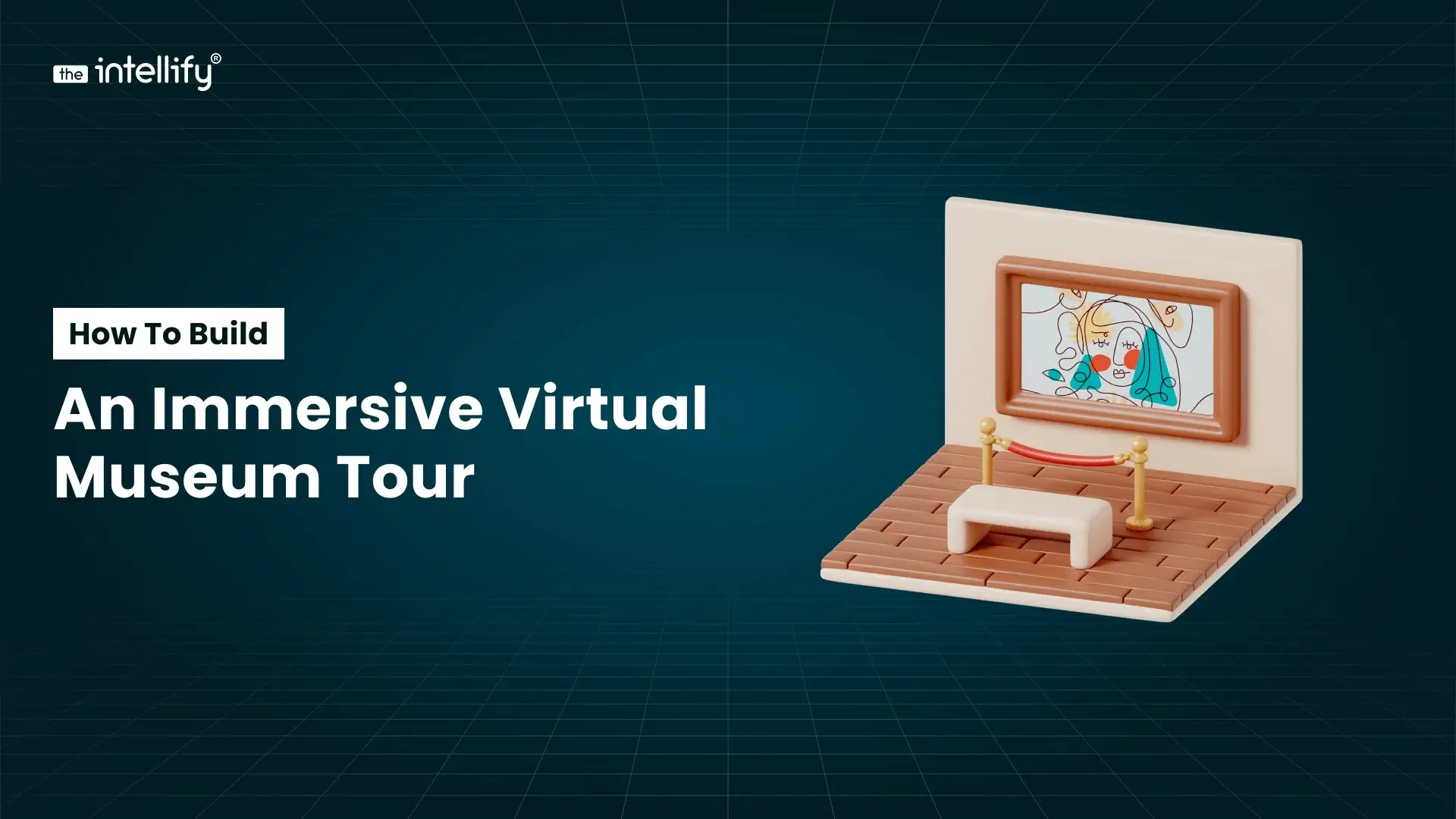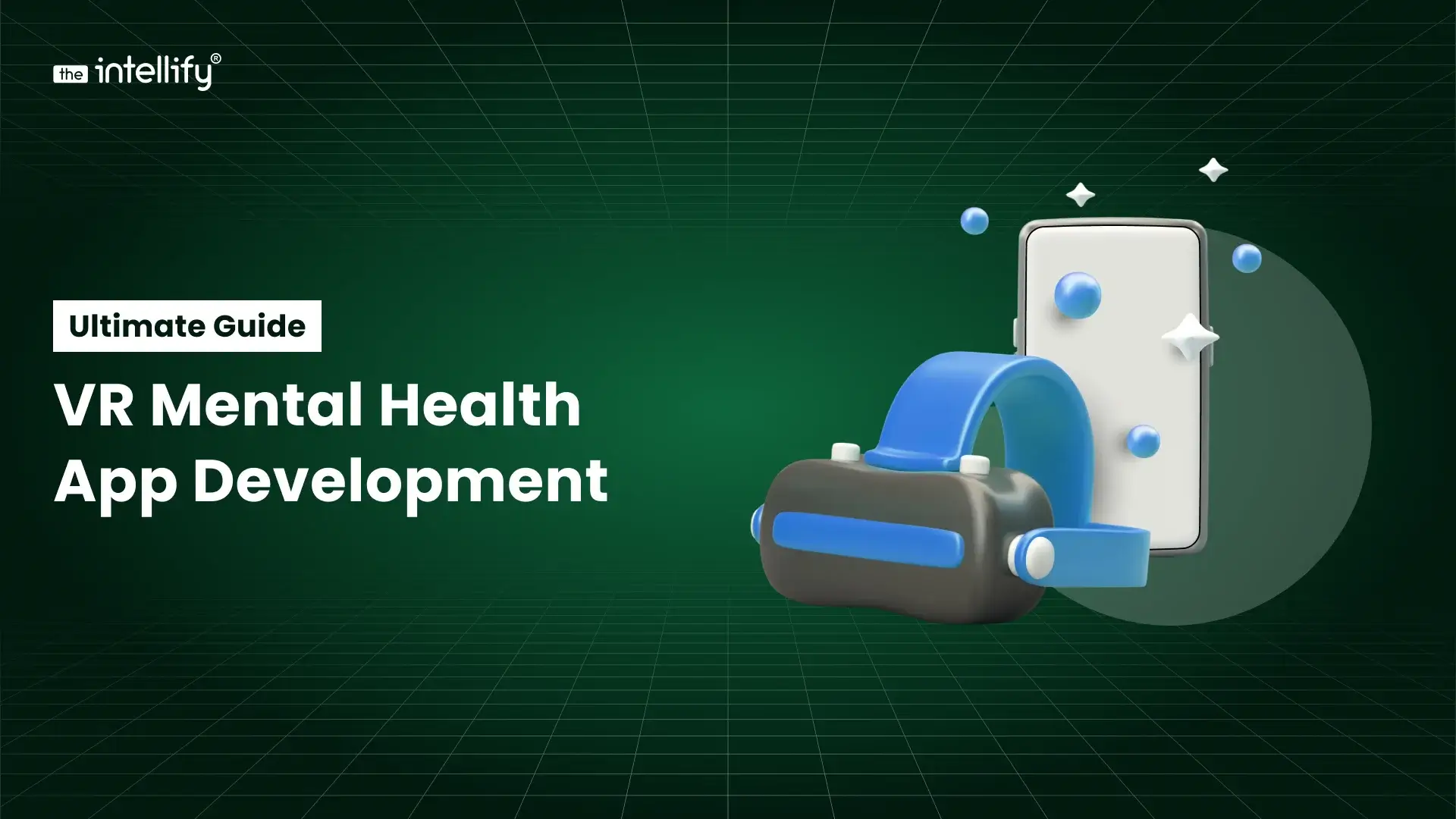
Summary
This blog explores the role of Augmented Reality (AR) in enhancing safety measures within industrial settings. It highlights how AR can provide real-time data, identify potential hazards, and offer proactive solutions to prevent accidents. By integrating AR into safety protocols, companies can improve worker protection, ensure compliance, and stay ahead of emerging safety trends.
Introduction
Ensuring safety within industrial environments is a top priority for companies in sectors such as manufacturing, construction, and heavy production. With complex operations and the risk of accidents, industries must adopt effective measures to safeguard their workers. Augmented Reality (AR) is an innovative technology that can significantly improve safety protocols, providing real-time guidance and data to enhance operational efficiency. In this blog, we’ll explore how AR can transform safety measures in industrial settings and reduce risks.
The Role of Augmented Reality in Industrial Safety
Real-Time Data for Safety Equipment Performance
Augmented Reality can be used to display real-time data on the performance of critical safety equipment. Whether it’s personal protective gear or emergency shutdown systems, AR apps can provide visual indicators to ensure equipment is functioning correctly. This is especially important in industries where the failure of safety equipment can lead to serious accidents. With an augmented reality app development, companies can design custom solutions that display this vital data seamlessly in a worker’s field of view.
Proactive Hazard Detection and Prevention
One of the biggest advantages of AR in industrial safety is its ability to identify and address potential hazards before they escalate. Through AR, workers can visualize hidden risks in their environment, such as mechanical failures, gas leaks, or electrical faults, which might not be easily detectable through conventional means. By using augmented reality trends, industries can stay ahead of safety issues, preventing accidents and ensuring a safer work environment.
Highlighting Danger Zones and Alerts
Starting from example, workers can receive visual alerts in their AR headsets or devices when they are approaching unsafe areas. This immediate feedback ensures that employees take the necessary precautions before entering high-risk zones. By integrating such real-time hazard alerts into your safety protocols, you can significantly reduce the chances of accidents.
Enhancing Safety Protocols with Digital Workflows
AR can also improve how safety protocols are communicated and followed. Digital workflows can be integrated into the AR system, ensuring workers are always aware of the necessary safety steps for each task. For instance, workers can follow step-by-step visual instructions for safely operating machinery or handling hazardous materials. This ensures better compliance with safety regulations and reduces the likelihood of human error.
Key Benefits of Augmented Reality for Safety
Improved Real-Time Monitoring
AR can continuously monitor the performance of safety equipment and environmental factors, such as air quality or temperature, in real-time. This constant data stream ensures that workers and managers stay informed about potential risks before they escalate.
Faster Response to Emergencies
In an emergency, AR systems can display immediate hazard warnings or guide workers to safety, reducing response times and preventing injuries. The ability to react quickly in critical situations can make a significant difference in industrial environments.
Enhanced Training and Guidance
AR is a powerful tool for safety training. New workers can visualize safety measures in a controlled, virtual environment, practicing hazardous scenarios without the risk. Additionally, AR-based safety training can be updated as new protocols are introduced, ensuring that workers are always up-to-date.
Cost Savings
By preventing accidents and reducing downtime, AR in industrial safety can save businesses significant amounts of money. Companies can reduce financial losses associated with workplace injuries, insurance costs, and equipment repairs by using AR to detect hazards early.
Conclusion
Augmented Reality is a transformative tool for improving safety in industrial settings. By providing real-time data, identifying potential hazards, and offering immediate alerts, AR helps companies reduce accidents and enhance worker protection. The technology also supports the development of customized solutions through augmented reality app development, tailored to the unique needs of each industrial unit. Embracing augmented reality trends ensures that your business stays at the forefront of safety innovation.
Feel free to contact us today for more information on how we can develop a personalized AR solution for your business.

Written By, Jalaj Shah
The COO and Co-Founder of The Intellify. Jalaj enjoys experimenting with new strategies. His posts are fantastic for businesses seeking innovative development ideas. Discover practical insights from his engaging content.


AR/VR for Tourism: The Future of Travel and Cultural Experiences
Summary: This blog explores how AR/VR for tourism is shaping the future of travel and cultural experiences worldwide. It explains how augmented and virtual reality help travelers preview destinations, explore cultural sites, and engage with history in immersive ways. The blog covers key use cases, benefits for tourism businesses, app development opportunities, and the growing […]


How to Build an Immersive Virtual Museum Tour in 2026
Summary: This blog explains how to create a virtual museum tour in 2026, covering everything from choosing the right tour format to planning layouts, capturing 360° or 3D visuals, adding interactive elements, and integrating AR/VR. It also highlights the key features that make a virtual museum experience successful, the technology stack you’ll need, estimated development […]


VR Mental Health App Development: Ultimate Guide 2026
Summary: This guide breaks down the essentials of VR mental health app development in a simple, human way. It explains how VR creates safe, immersive spaces for people dealing with anxiety, stress, depression, ADHD, and more. You’ll learn about real use cases, key features, the tech stack, development steps, costs, and what the future of […]


AR/VR for Tourism: The Future of Travel and Cultural Experiences
Summary: This blog explores how AR/VR for tourism is shaping the future of travel and cultural experiences worldwide. It explains how augmented and virtual reality help travelers preview destinations, explore cultural sites, and engage with history in immersive ways. The blog covers key use cases, benefits for tourism businesses, app development opportunities, and the growing […]


How to Build an Immersive Virtual Museum Tour in 2026
Summary: This blog explains how to create a virtual museum tour in 2026, covering everything from choosing the right tour format to planning layouts, capturing 360° or 3D visuals, adding interactive elements, and integrating AR/VR. It also highlights the key features that make a virtual museum experience successful, the technology stack you’ll need, estimated development […]


VR Mental Health App Development: Ultimate Guide 2026
Summary: This guide breaks down the essentials of VR mental health app development in a simple, human way. It explains how VR creates safe, immersive spaces for people dealing with anxiety, stress, depression, ADHD, and more. You’ll learn about real use cases, key features, the tech stack, development steps, costs, and what the future of […]
0
+0
+0
+0
+Committed Delivery Leads To Client Satisfaction
Client Testimonials that keep our expert's spirits highly motivated to deliver extraordinary solutions.


















